TalkPower Energy Academy
Buy: When to buy, how long for
and setting your budget
- How to get your best electricity price
- When to secure your price and how long to secure it for
- How to use Market Insight & Monitor to establish a budgeting approach and avoid random fluctuations to your budget
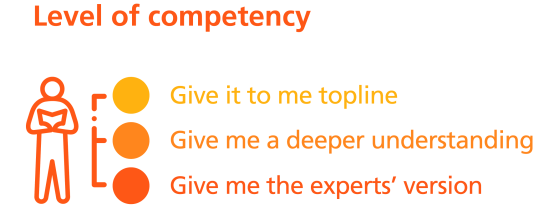
What can you do to get your best electricity price?
Read this buyer's guide!

Part 1 will help you make sense of price volatility, so you know how to spot when costs represent good value and it’s a good time to buy.
Part 2 lays out the energy buying techniques and strategies that will help you get the best deal for your business in sometimes challenging market conditions.
Ready to get started?
Read on and we’ll tell you what to watch to keep track of the wholesale power price, helping you make the best buying decision.
Part One
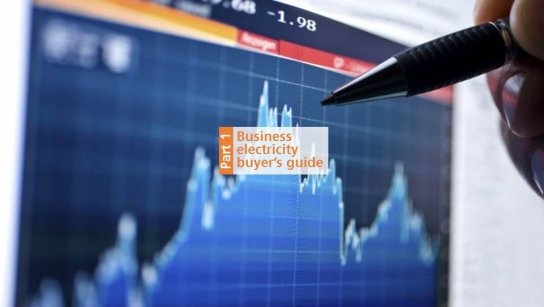
Non-energy costs make up around 20% of your electricity price.
But you can’t take your eye off the energy cost (the cost of power on the wholesale market), especially as the market can be so volatile. The cost of your energy is the biggest single component of your electricity price, making up the other 80%.
How changes to wholesale power costs make a big difference to your quote very quickly
Here’s a quick explanation of how these two groups of costs feed through to the quotes we give you:
The wholesale power cost (energy cost) changes constantly but normally by small amounts. Sometimes the movements can be large. For instance, with growing intermittent renewable generation and the lack of ways to store energy in the UK, when it looks like supply may struggle to meet demand the wholesale power price can spike. But regardless of whether the day to day movements are large or small, they instantly affect the electricity price offered to you by suppliers. That’s because your price reflects the wholesale power price on the day we quote you.
Non-energy costs are a bundle of charges. These tend to change less often but in larger jumps. So, in an average week, you’re unlikely to see any difference to a quote on Monday vs Friday due to non-energy costs.
What’s causes prices to rise?
The answer lies in checking what we call the market fundamentals – the main factors that cause wholesale power costs to rise or fall. There are several of them, but it’s definitely worth keeping an eye on these three:
- The geo-political climate: Events on the world stage can have far reaching impacts, including on commodity prices. With the price of power being closely linked to other commodities (mostly coal, gas, carbon and oil), changes to those markets have a knock-on effect.
- Gas prices: It has been known for gas to power generation to make up 40% of the UK power supply mix across the winter months, with its flexibility heavily relied on in peak times. That’s why the cost of gas plays a key part in setting the power price. Gas prices rise when supplies are lower than normal.
- The price of oil: Oil prices will have an impact on longer term gas prices, with many gas contracts being indexed to the price of oil. So, expect any increases here to track through to the wholesale power market.
Many other factors influence the price of power: generation costs like carbon and coal; supply and demand factors like unforeseen power station outages and unseasonal weather variances.
How to keep track
Market Insight - Use our online portal to track commodity prices and get the latest view from our analysts on what’s driving these. You can also get the latest wholesale power market prices alongside expert commentary in our fortnightly market pulse.
Part Two

Two insider tips and three buying strategies to help you deal with varying energy prices
There’s one thing every customer has in common – the desire to get the best price for their next business electricity contract.
There are two decisions you need to make to achieve that:
- When to secure your price: Do you contract early because you think costs will rise or hold off because you think costs will fall before you have to fix your price?
- How long to secure it for: Do you sign one year to limit your exposure to higher prices or go for a longer contract to take advantage of lower prices further into the future?
If you’re confused which are the right calls, you’re not alone. Many of the costs that make up your price are really quite volatile.
Don’t guess or hesitate (rarely good strategies). Read on for our two insider tips and three buying strategies to help you make the right call and get the best deal for your next contract.
INSIDER TIP 1: Don’t get caught up in the October rush
Market fundamentals such as oil and gas are the main driver of the wholesale power price. With so much uncertainty and risk it may be best to lock in your contract at an earlier date.
The lead-up to the October buying peak gets busy. Our account managers work flat out during September once everyone is back from holiday and keen to secure their contract in time for 1 October. Starting your buying process during the quieter summer months can put you in a much better buying position.
INSIDER TIP 2: Watch the market fundamentals to understand what causes wholesale power costs to change
Market volatility means that you can’t take your eye off the energy cost - the cost of power on the wholesale market. This is still the single biggest component of your electricity price making up the 80%.
The price of oil and gas as well as the geo-political climate all impact the wholesale power price.
It’s a lot to keep tabs on. To make that easier for you, we publish all our latest analysis and figures in our Market Insight portal. Take a look.
So, what are your buying options?
Here’s a way to think about the options in front of you:
| Options | Why | Upsides | Downsides |
|---|---|---|---|
| Sign a one-year contract | You think prices are likely to rise | You’ll avoid future rises you’re worried about. You can plan your budget for next year. You can move on to other business decisions. You avoid the peak pre-October buying rush. | You’ll kick yourself if prices fall before your current contract ends. You’ll take the full effect of the recent rises in power costs. It will feel like a big increase against your current rates. |
| Wait to sign your next one-year contract | You think prices will fall before you have to sign your next contract | You’ll avoid locking in what you see as a blip in prices. You can buy when you see fit (before your current contract ends). | You’ll kick yourself if prices continue to rise. You won’t be able to set your budget yet. You need to keep monitoring the market to choose when to ask for a quote. You’ll be buying with many others. |
| Take a longer-term contract now | If power prices for 2 or 3 years ahead are currently lower than next years’ prices, you'll offset the rise in non-energy costs | You can set your budget for longer. Rates for 2 or 3 years are close to the price you’ll pay for one- year. You won’t have to revisit this decision again for 2 or 3 years. | You’ll still kick yourself if prices fall before your current contract ends, but not as hard as if you signed a one-year contract now. |
If your business uses more than 20GWh of electricity annually (roughly £4m), you can access more sophisticated contracts that can help you manage your exposure to these costs by staggering your energy purchases. Watch our video to find out a bit more about flexible energy buying and see if it could be right for your business.
We're here to help
Higher prices are never good news. And it’s impossible to predict precisely which way they’ll go next. But at least now you’ve laid out your options and know where to go to track all the costs behind your electricity price (hint: it’s Market Insight). So, you can make a decision with more confidence.
What tools can you use to help you set your energy budget?
Our Market Insight portal gives you the latest power, gas, oil, coal and other costs driving your electricity prices, with analysis from our expert energy traders.

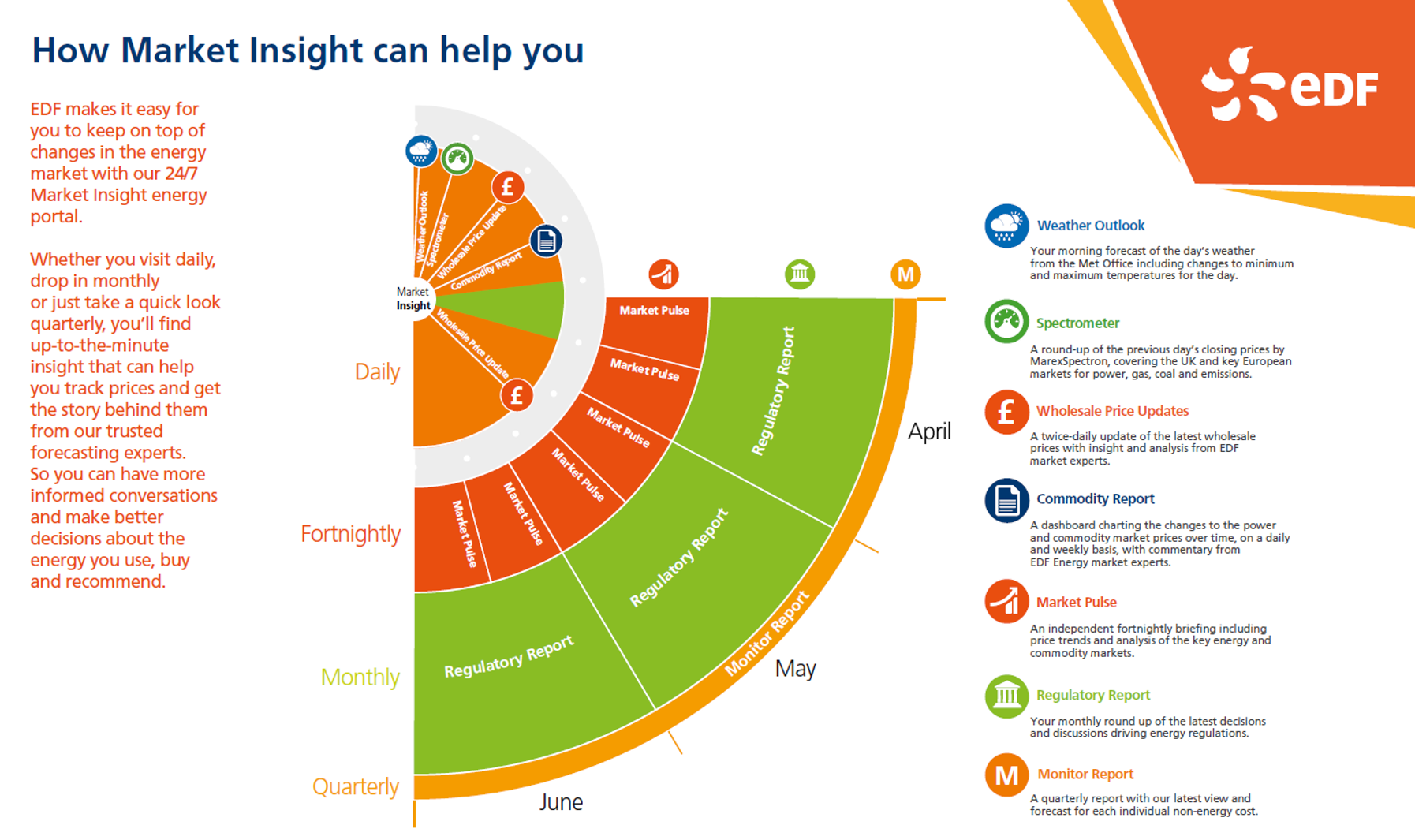
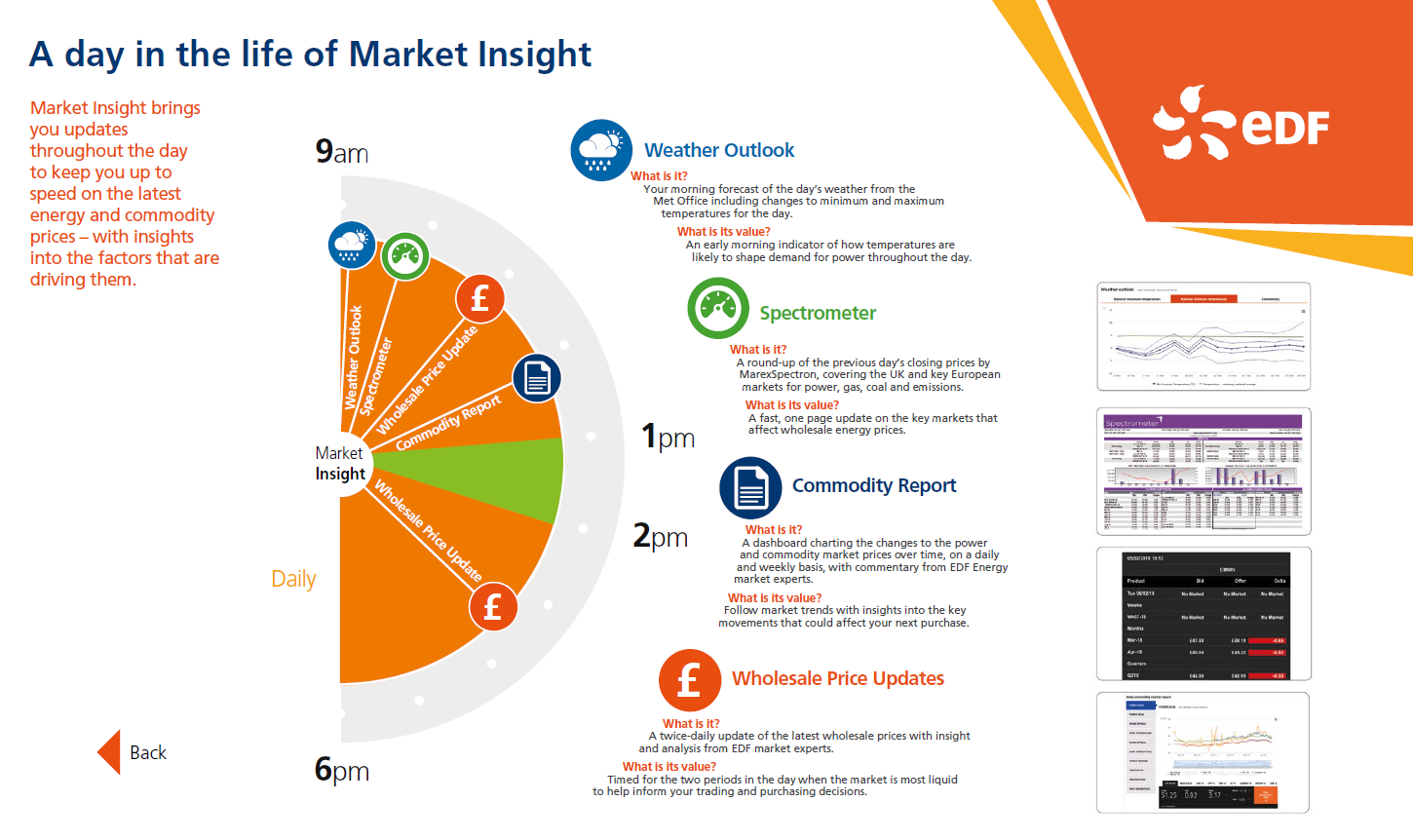
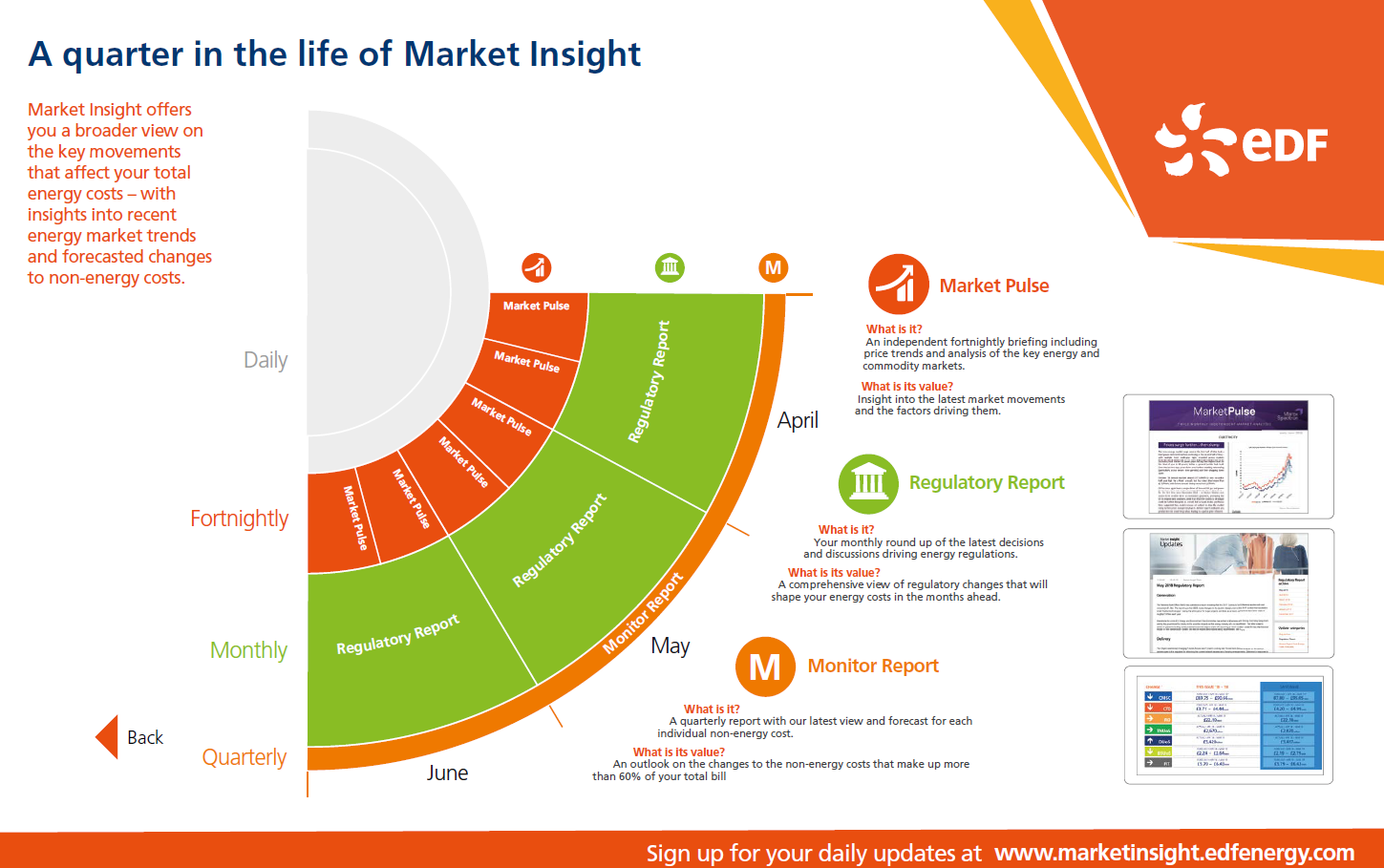
Save a handy reminder
So, what about non-energy costs?

Our quarterly Monitor Report keeps you in touch with the seven largest non-energy costs.
Our team keep watch over a wide range of factors that influence each non-energy cost, ranging from policy signals of government and Ofgem through to the latest view of electricity demand.
Analysing these different aspects helps us to arrive at our best view of each non–energy cost, assisting you in setting your energy budget with confidence.
You can access Monitor through our Market Insight portal, register or login here.
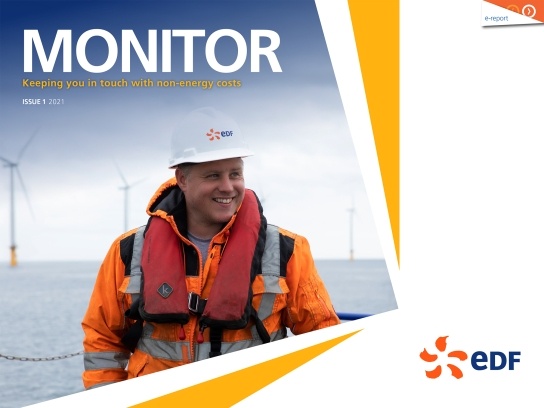
Got a question?
If you have a question about one of the topics in our TalkPower Energy Academy, or anything realted to the energy industry, ask our team of experts.